

Articles
How Long Does Foam Insulation Take To Dry
Modified: October 18, 2024
Discover how long foam insulation takes to dry in this informative article. Learn about the factors that affect drying time and what to expect during the process.
(Many of the links in this article redirect to a specific reviewed product. Your purchase of these products through affiliate links helps to generate commission for Storables.com, at no extra cost. Learn more)
Introduction
Foam insulation is a popular choice for homeowners looking to improve the energy efficiency of their homes. It provides excellent insulation properties, helping to keep homes warm in the winter and cool in the summer. However, one common question that arises when considering foam insulation is, “How long does it take to dry?” In this article, we will explore the drying process of foam insulation and the factors that can affect its drying time.
To understand the drying time of foam insulation, it is essential to first grasp the basics of how foam insulation works. Foam insulation is typically applied as a liquid, which then expands and hardens to create an airtight seal. During this expansion, the liquid foam undergoes a chemical reaction, releasing gases which make it expand and solidify.
The time it takes for foam insulation to dry depends on several factors, including the type of foam insulation used, the ambient temperature and humidity, and the thickness of the foam application. These variables can impact the curing time of the foam and the overall drying process.
Key Takeaways:
- Understanding the factors affecting foam insulation drying time, such as type, thickness, and ambient conditions, is crucial for effective installation and energy efficiency.
- Proper drying of foam insulation is essential to avoid risks like poor performance, moisture accumulation, and health concerns, ensuring long-lasting and effective insulation installations.
Read more: How Long Does It Take For A Driveway To Dry
Understanding Foam Insulation
Foam insulation is a type of insulation that is commonly used in residential and commercial buildings. It is made from a mixture of two components – polyol and isocyanate – which are combined to create a liquid foam. When applied to a surface, the foam expands and hardens, providing a seamless barrier against heat transfer.
There are two main types of foam insulation: open-cell foam and closed-cell foam. Open-cell foam is less dense and more flexible, allowing for better soundproofing and lower cost. Closed-cell foam, on the other hand, is denser and more rigid, providing higher insulation values and better moisture resistance.
One of the main advantages of foam insulation is its ability to fill in gaps and crevices, creating an airtight seal. This reduces air leakage and minimizes energy waste, making it an effective solution for improving energy efficiency. Additionally, foam insulation has a high R-value, which is a measure of its thermal resistance. A higher R-value means better insulation performance.
Foam insulation also offers other benefits such as improved indoor air quality and noise reduction. The airtight seal created by the foam helps to prevent the entry of allergens, pollutants, and moisture into the building. This can lead to a healthier living environment and reduce the risk of respiratory issues. Furthermore, the foam’s dense structure acts as a sound barrier, absorbing and reducing noise transmission between rooms.
When it comes to installation, foam insulation can be applied in various forms. It can be sprayed directly onto surfaces, injected into cavities, or installed as rigid panels. The method of installation will depend on factors such as the building structure, accessibility, and desired insulation goals.
Overall, foam insulation is a versatile and effective solution for improving thermal performance and energy efficiency in buildings. Understanding its characteristics and benefits is crucial in determining its suitability for different applications.
Factors Affecting Drying Time
Several factors can influence the drying time of foam insulation. Understanding these factors can help homeowners and contractors plan their construction or renovation projects more effectively. The key factors that affect drying time are:
1. Type of Foam Insulation:
The type of foam insulation used can significantly impact the drying time. Open-cell foam typically has a faster drying time compared to closed-cell foam. This is because open-cell foam has a lower density and requires less time for the moisture trapped within the foam to evaporate.
2. Ambient Temperature and Humidity:
The ambient temperature and humidity play a vital role in the drying process. The ideal conditions for foam insulation to dry effectively are moderate temperatures (around 70°F) and low humidity levels. Higher temperatures can accelerate the curing process, while low humidity promotes quicker moisture evaporation. On the other hand, colder temperatures and high humidity can prolong the drying time.
Read more: How Long Does It Take For Brick To Dry
3. Thickness of the Foam Application:
The thickness of the foam application also affects the drying time. Thicker layers of foam insulation will take longer to dry compared to thinner layers. This is because moisture trapped within the foam has a longer distance to travel to evaporate, extending the overall drying process.
4. Ventilation and Air Circulation:
Proper ventilation and air circulation are crucial for facilitating the drying process. Good airflow helps remove moisture from the foam, expediting the drying time. Inadequate ventilation or stagnant air can slow down the drying process and may lead to issues such as mold or mildew growth in the foam insulation.
5. Environmental Conditions:
Outside environmental conditions can also impact the drying time. Factors such as high humidity levels, rain, or extreme temperatures can affect the drying process. It is important to consider the weather conditions before installing foam insulation to ensure optimal drying conditions.
It is essential to take these factors into account when estimating the drying time for foam insulation. While there is no specific duration that applies to all situations, understanding these variables can help homeowners and contractors plan their projects accordingly and avoid potential complications.
Average Drying Time for Foam Insulation
The drying time for foam insulation can vary depending on several factors, as discussed earlier. However, it is possible to provide a general estimation of the average drying time for foam insulation based on common scenarios.
Read more: How Long Does It Take A Toothbrush To Dry
Open-Cell Foam:
Open-cell foam typically has a faster drying time compared to closed-cell foam. On average, open-cell foam insulation can take anywhere between 24 to 48 hours to dry completely. However, it is important to note that this timeframe can vary depending on factors such as thickness, ambient conditions, and product-specific instructions.
Closed-Cell Foam:
Closed-cell foam insulation tends to have a longer drying time compared to open-cell foam due to its denser structure. On average, closed-cell foam insulation may take around 48 to 72 hours to dry completely. Again, it is essential to consider external conditions and other influencing factors that can impact the drying process.
Installation Thickness:
The thickness of the foam application can also affect the drying time. Thicker layers of foam insulation will naturally require more time to dry compared to thinner applications. As a general rule, for every inch of foam thickness, it is recommended to allow 24 hours for drying before applying additional layers or moving on to the next stages of construction.
Ambient Conditions:
The ambient conditions, such as temperature and humidity, play a significant role in the drying time of foam insulation. In ideal conditions (around 70°F with low humidity), foam insulation can dry more quickly. However, if the ambient temperature is colder or humidity levels are high, the drying process may take longer to complete.
It is important to follow the manufacturer’s guidelines and recommendations for the specific foam insulation product being used. The manufacturer may provide specific instructions regarding drying time and curing conditions. Adhering to these guidelines ensures that the foam insulation cures properly and achieves its intended performance.
Ultimately, it is crucial to allow sufficient drying time for foam insulation to ensure its effectiveness and performance. Rushing the drying process can lead to subpar results and potentially negatively impact the insulation’s efficiency and longevity.
Read more: How Long Does Insulation Take To Install
Accelerating the Drying Process
While foam insulation requires adequate drying time for optimal results, there are a few steps you can take to help expedite the process. Here are some methods for accelerating the drying process:
1. Ensure Proper Ventilation:
Good ventilation is essential for promoting airflow and expediting the drying process. Ensure that the area where foam insulation is applied has adequate ventilation. Open windows, use fans, or run ventilation systems to encourage air circulation and help moisture evaporate more quickly.
2. Use Dehumidifiers:
If you are dealing with high humidity levels, consider using dehumidifiers in the area where the foam insulation is drying. Dehumidifiers help remove excess moisture from the air, aiding in faster drying of the foam. Make sure to regularly empty the water collected by the dehumidifier to maintain its efficiency.
3. Increase Ambient Temperature:
Raising the ambient temperature can help speed up the drying process. If possible, adjust the thermostat or use heating equipment to increase the temperature in the drying area. Remember to follow safety guidelines and avoid excessively high temperatures that could damage the insulation or surrounding materials.
Read more: How Long Does Grout Take To Dry Backsplash
4. Use Heat Lamps:
Consider using heat lamps strategically placed near the foam insulation to provide additional warmth. Heat lamps can help accelerate the curing process and facilitate faster evaporation of moisture. Be cautious when using heat lamps and ensure they are positioned at a safe distance to avoid any risk of fire or damage to the insulation.
5. Follow Manufacturer’s Recommendations:
Always refer to the specific product’s instructions and guidelines provided by the manufacturer. Different foam insulation products may have varied recommendations for drying time and optimal conditions. Adhering to these guidelines ensures that the foam insulation achieves its full curing potential.
It is important to note that while these methods can help accelerate the drying process, it is crucial not to rush or cut corners. Proper drying is essential for the foam insulation to achieve its intended performance and longevity. Patience and adherence to best practices will ensure that the foam insulation is fully dried and ready to provide the desired energy-saving benefits.
Risks of Insufficient Drying
Insufficient drying of foam insulation can lead to various risks and issues that can compromise its effectiveness and longevity. It is crucial to allow sufficient drying time to ensure the foam cures properly. Here are some risks associated with inadequate drying of foam insulation:
1. Poor Insulation Performance:
If foam insulation is not adequately dried, it may not fully expand and harden, resulting in compromised insulation performance. Incomplete curing can lead to gaps or voids within the foam, which can allow for air leakage and reduce the overall insulation efficiency. This can lead to energy loss and increased heating or cooling costs.
2. Moisture Accumulation:
If moisture is trapped within the foam insulation due to insufficient drying, it can lead to moisture accumulation and condensation issues. Moisture can lead to the growth of mold, mildew, and other fungi, which can not only damage the insulation but also pose health risks. Additionally, moisture accumulation can cause structural damage to the building over time.
3. Decreased Longevity:
Inadequately dried foam insulation may have a reduced lifespan compared to properly cured insulation. The presence of moisture within the foam can weaken its integrity and make it more prone to deterioration over time. This can lead to the need for premature replacement or repairs, resulting in additional expenses for homeowners.
4. Health Concerns:
If moisture is present within the foam insulation, it creates a favorable environment for the growth of mold and mildew. Mold spores can become airborne and pose health risks to the occupants of the building, leading to respiratory issues, allergies, and other adverse health effects. Therefore, it is critical to ensure proper drying to prevent mold growth.
5. Decreased Indoor Air Quality:
Insufficiently dried foam insulation can negatively impact indoor air quality. The presence of moisture and potential mold growth can introduce pollutants and allergens into the air, leading to poor indoor air quality. This can have detrimental effects on the health and comfort of the occupants, particularly those with respiratory conditions.
To avoid these risks, it is essential to allow the recommended drying time for foam insulation. Following manufacturer’s guidelines and implementing proper drying techniques, as discussed earlier, will help ensure that the foam cures completely and provides the desired insulation performance without any associated risks.
Read more: How Long Does Patio Sealer Take To Dry
Conclusion
Foam insulation is a popular choice for homeowners looking to improve energy efficiency and thermal performance in their homes. Understanding the drying time of foam insulation is crucial to ensure its proper installation and effectiveness. Several factors, such as the type of foam, ambient conditions, thickness of application, ventilation, and environmental factors, can influence how long foam insulation takes to dry.
On average, open-cell foam insulation can take around 24 to 48 hours to dry, while closed-cell foam insulation may require 48 to 72 hours. The thickness of the foam application and the ambient temperature and humidity also play a role in the drying time.
To accelerate the drying process, proper ventilation, the use of dehumidifiers, increasing ambient temperature, and strategic use of heat lamps can be effective methods. However, it is important to follow manufacturer’s guidelines and recommendations to ensure the foam insulation cures properly.
Insufficient drying of foam insulation can lead to risks, such as poor insulation performance, moisture accumulation, decreased longevity, health concerns, and reduced indoor air quality. It is crucial to allow sufficient drying time to avoid these issues.
In conclusion, understanding the factors affecting the drying time of foam insulation and taking the necessary steps to ensure proper drying are essential for optimal insulation performance, energy efficiency, and indoor comfort. By adhering to best practices and manufacturer’s guidelines, homeowners and contractors can achieve long-lasting and effective foam insulation installations.
Frequently Asked Questions about How Long Does Foam Insulation Take To Dry
Was this page helpful?
At Storables.com, we guarantee accurate and reliable information. Our content, validated by Expert Board Contributors, is crafted following stringent Editorial Policies. We're committed to providing you with well-researched, expert-backed insights for all your informational needs.
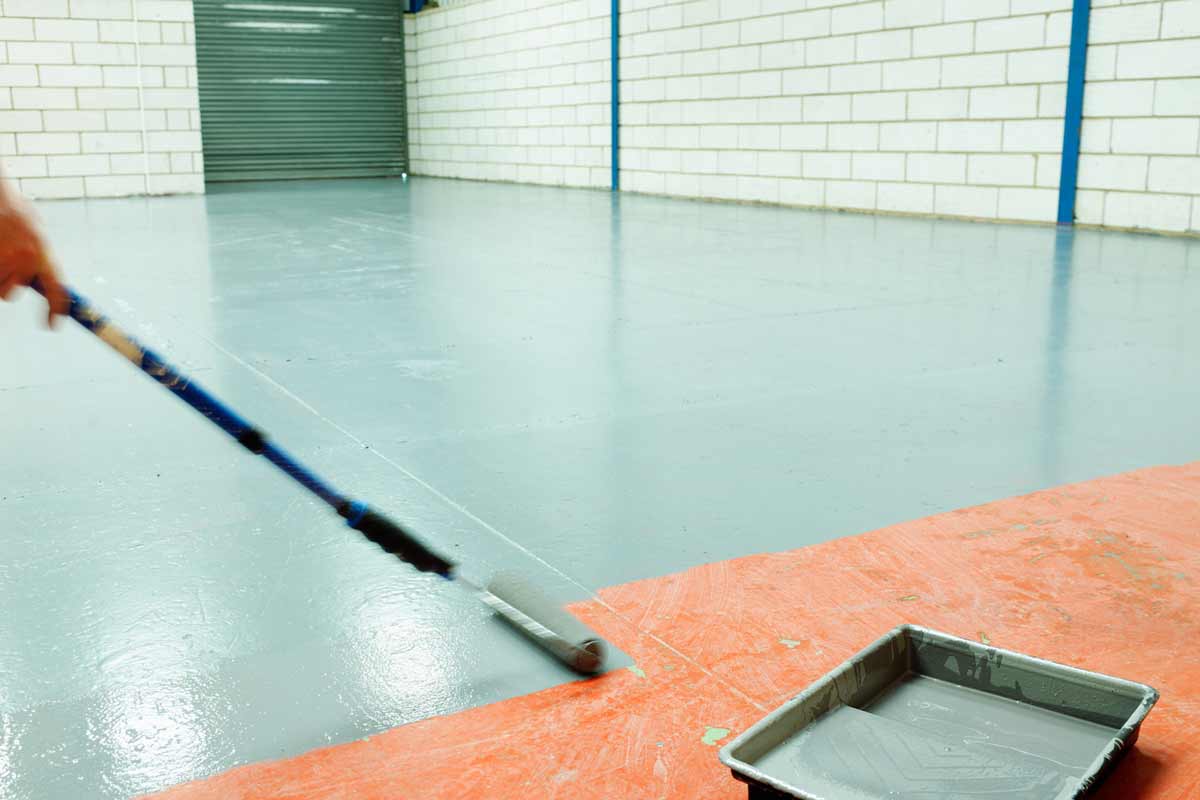
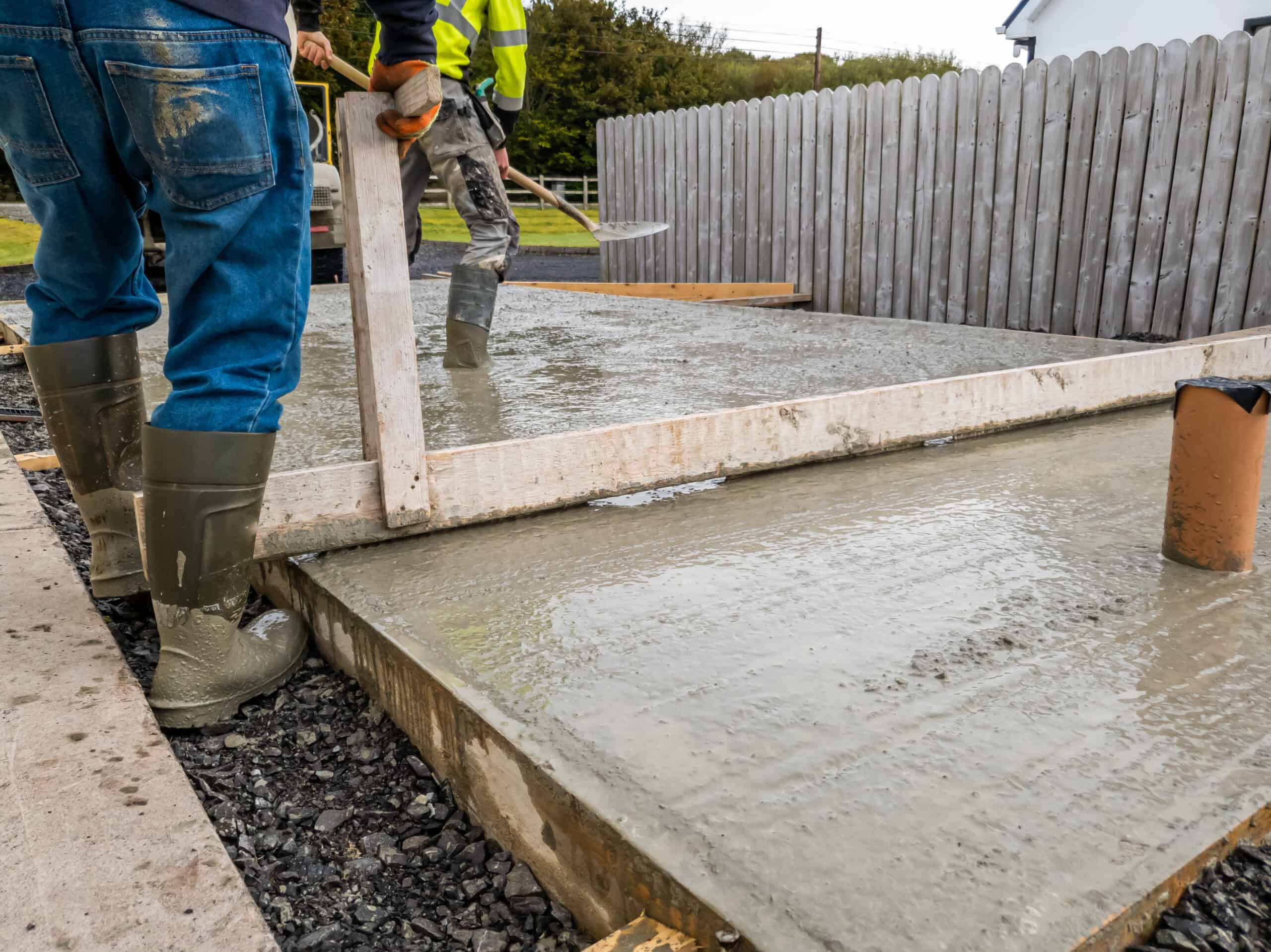
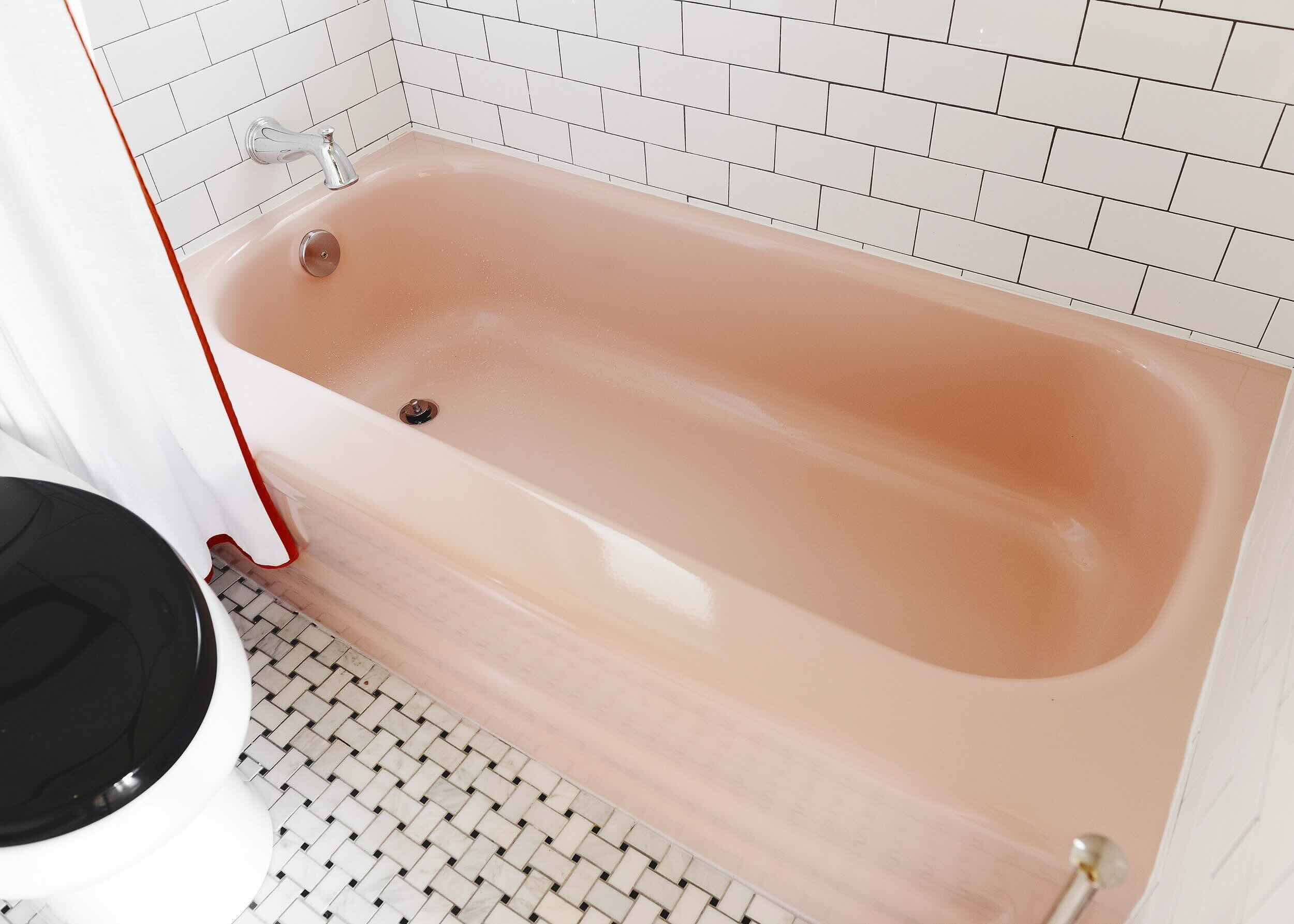
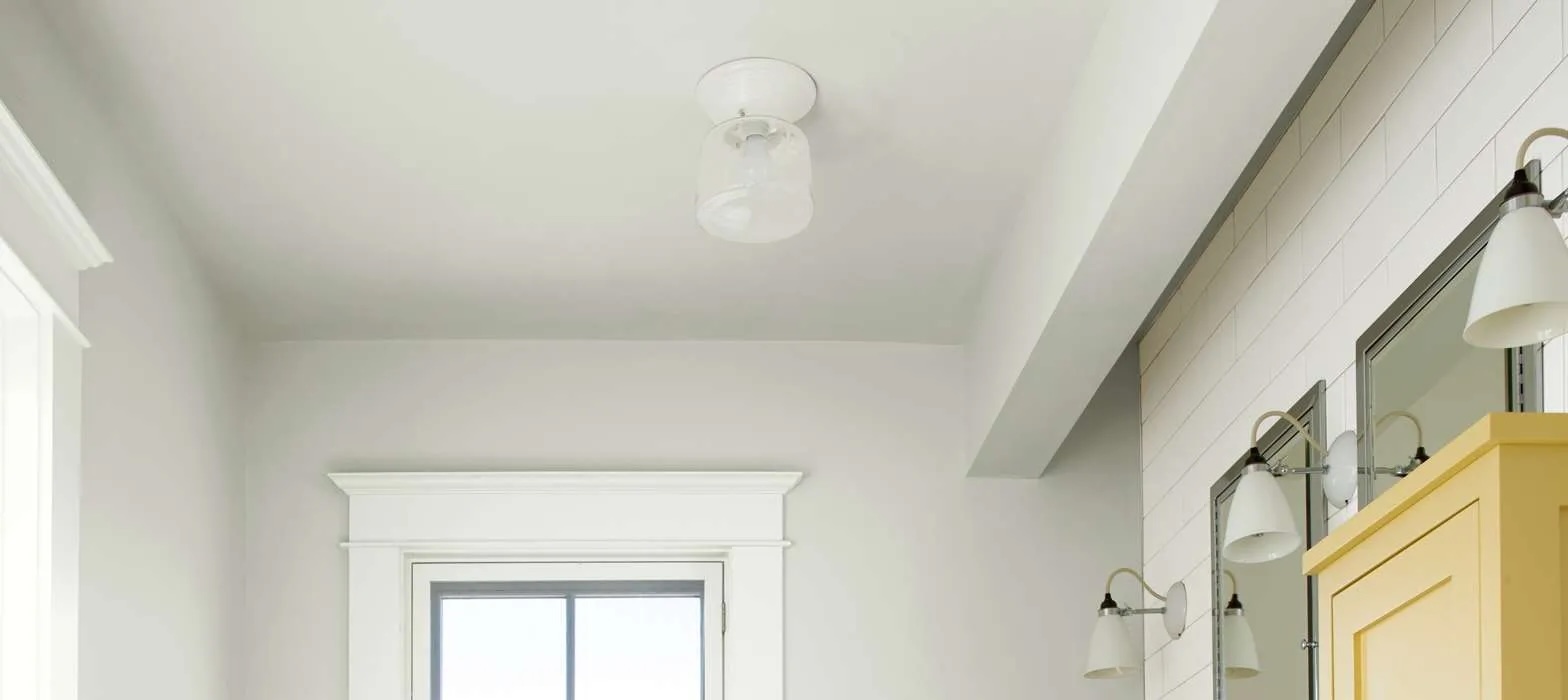
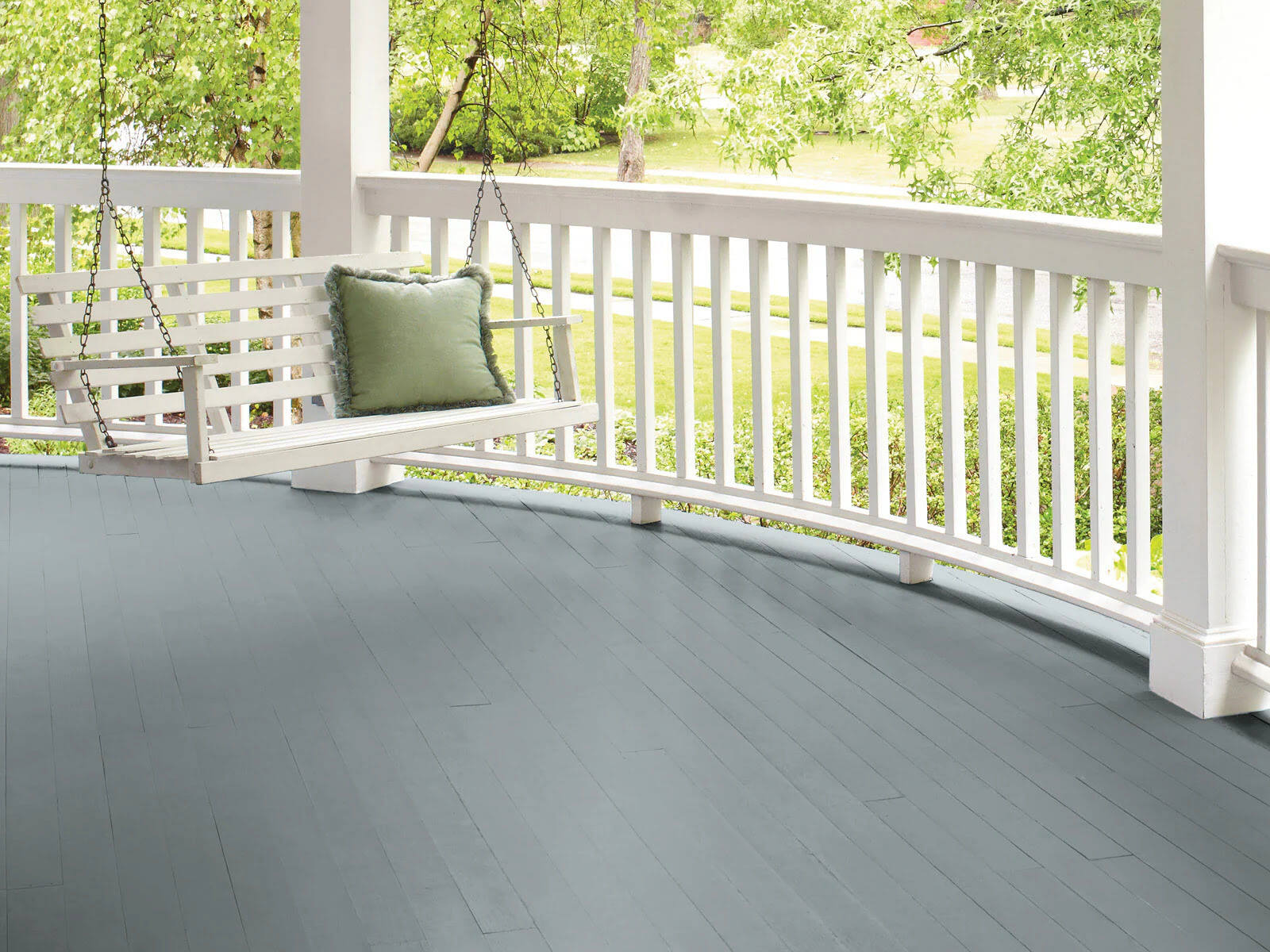

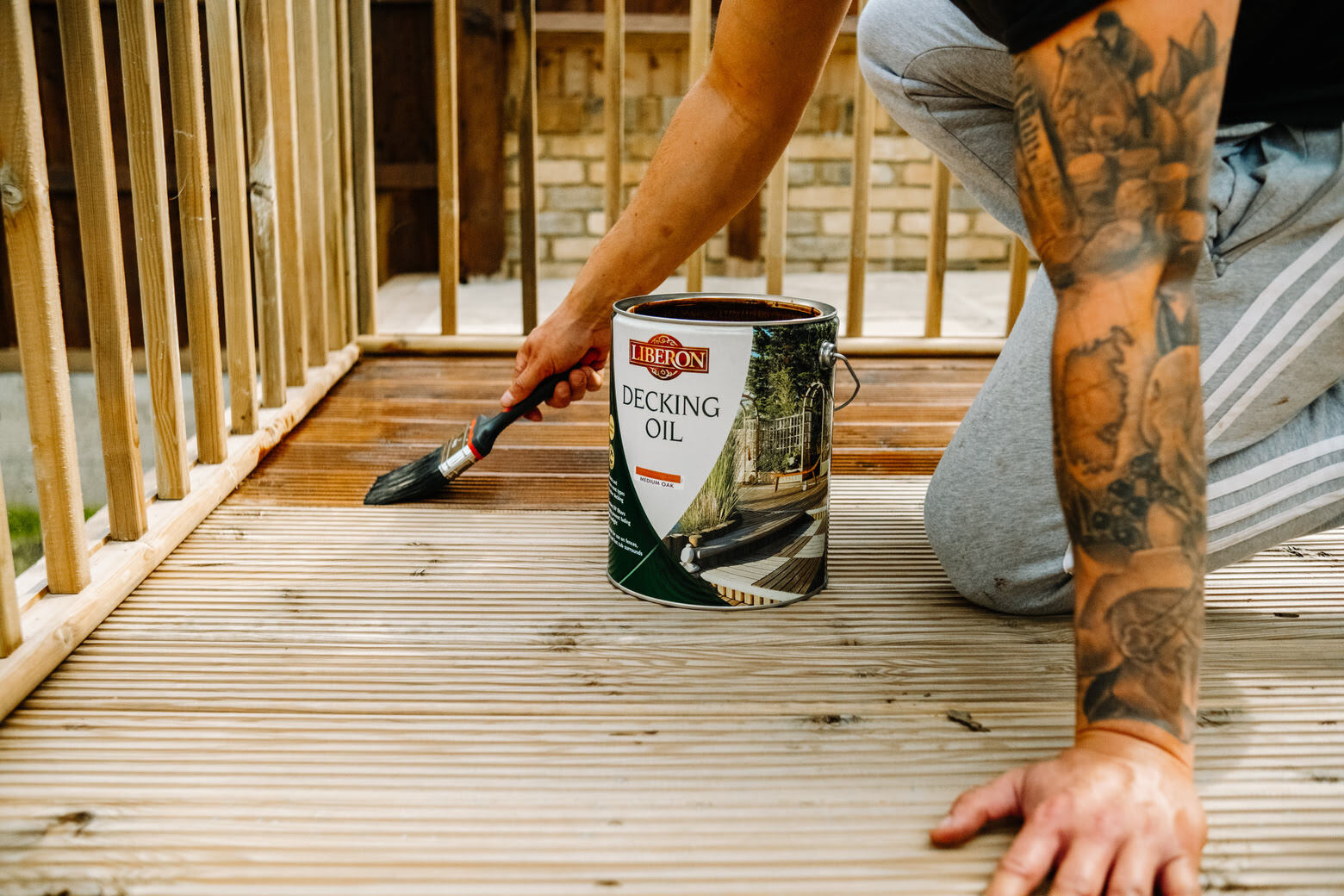
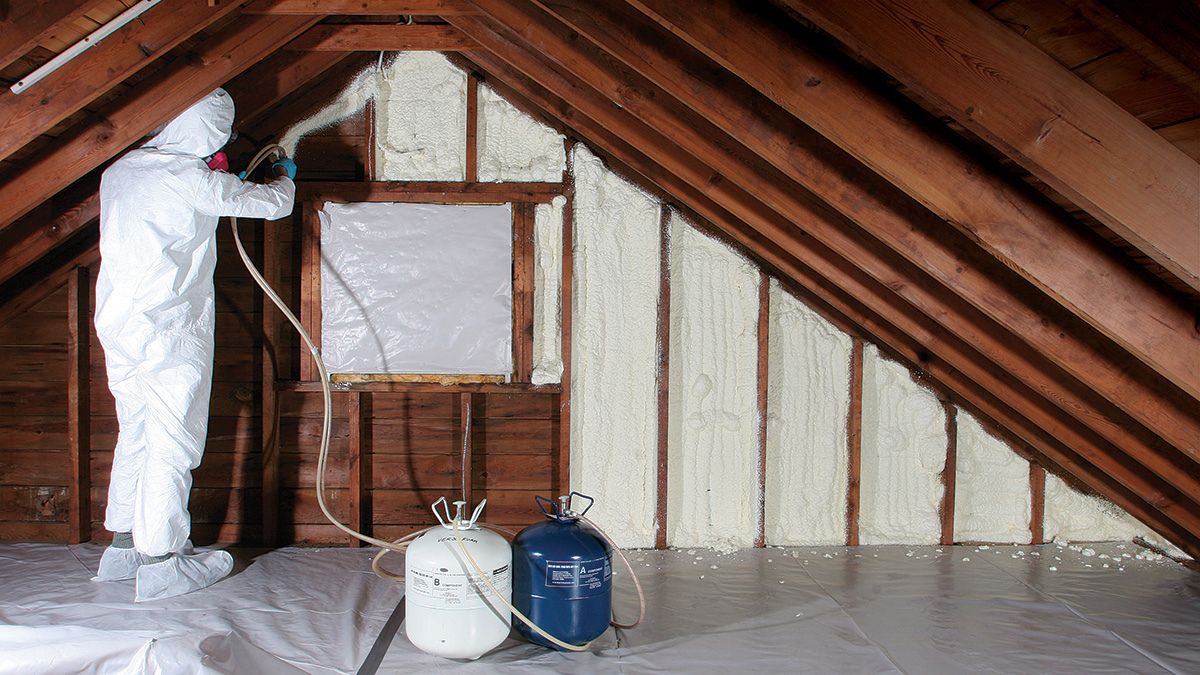


0 thoughts on “How Long Does Foam Insulation Take To Dry”